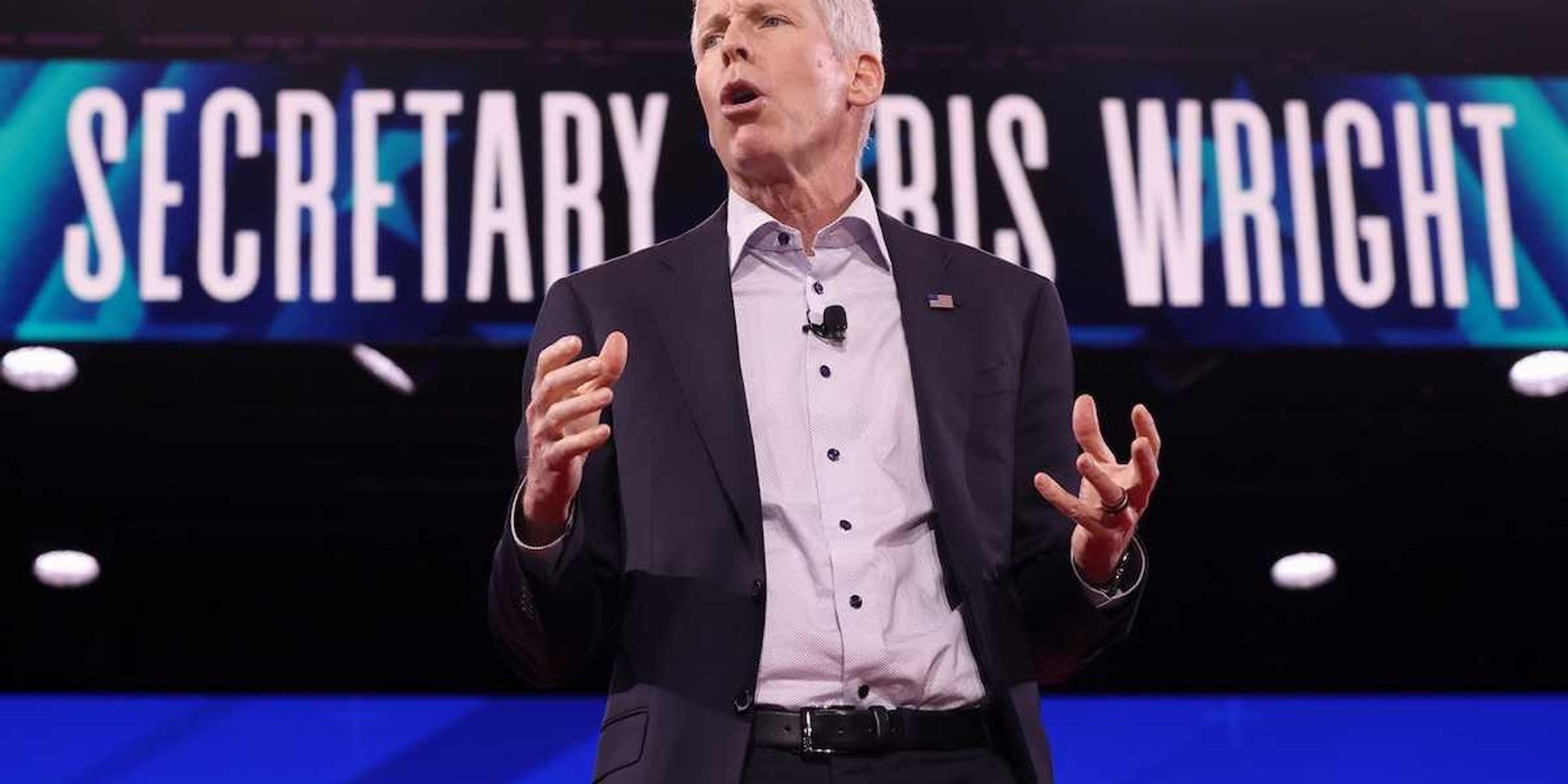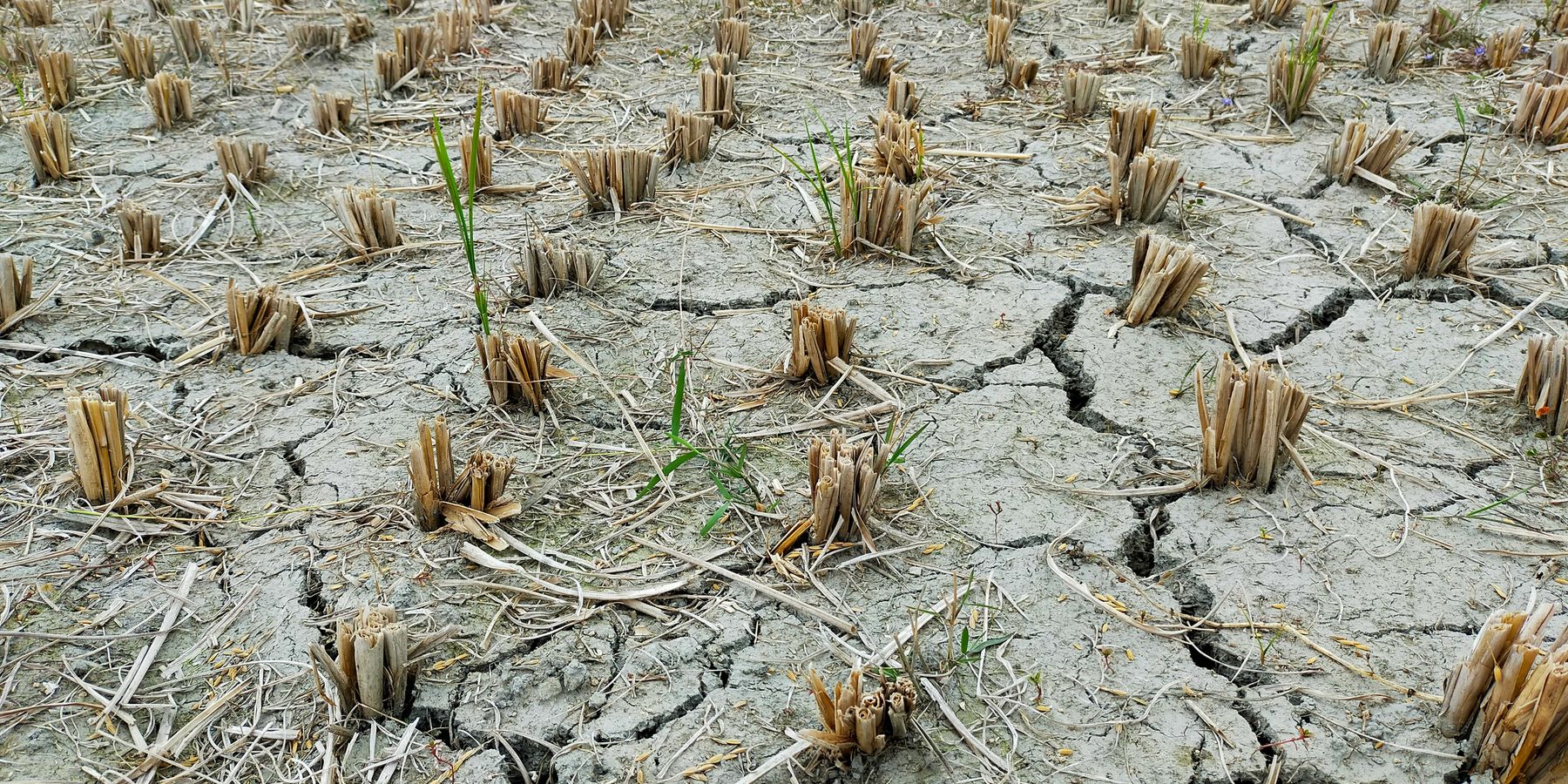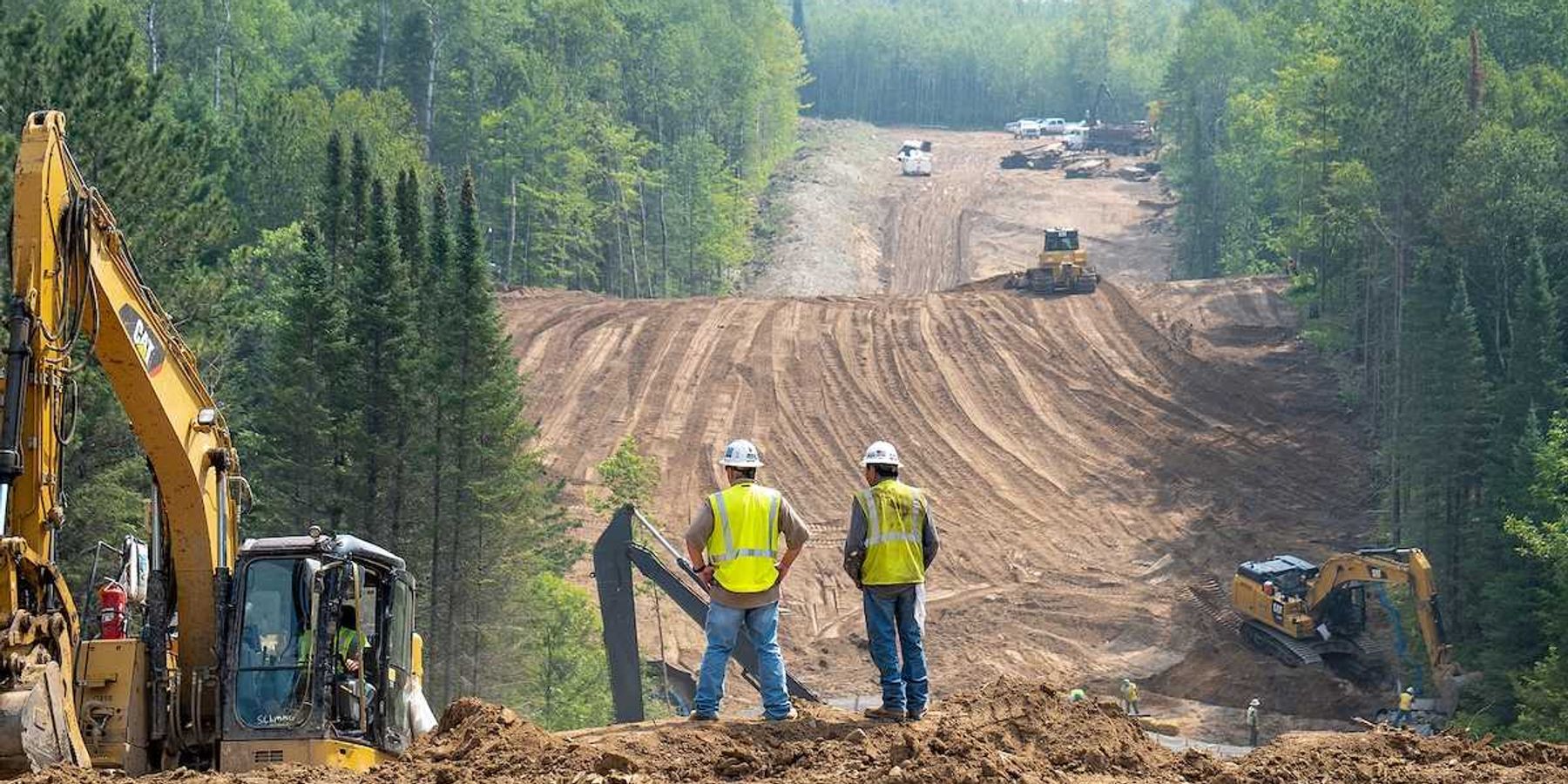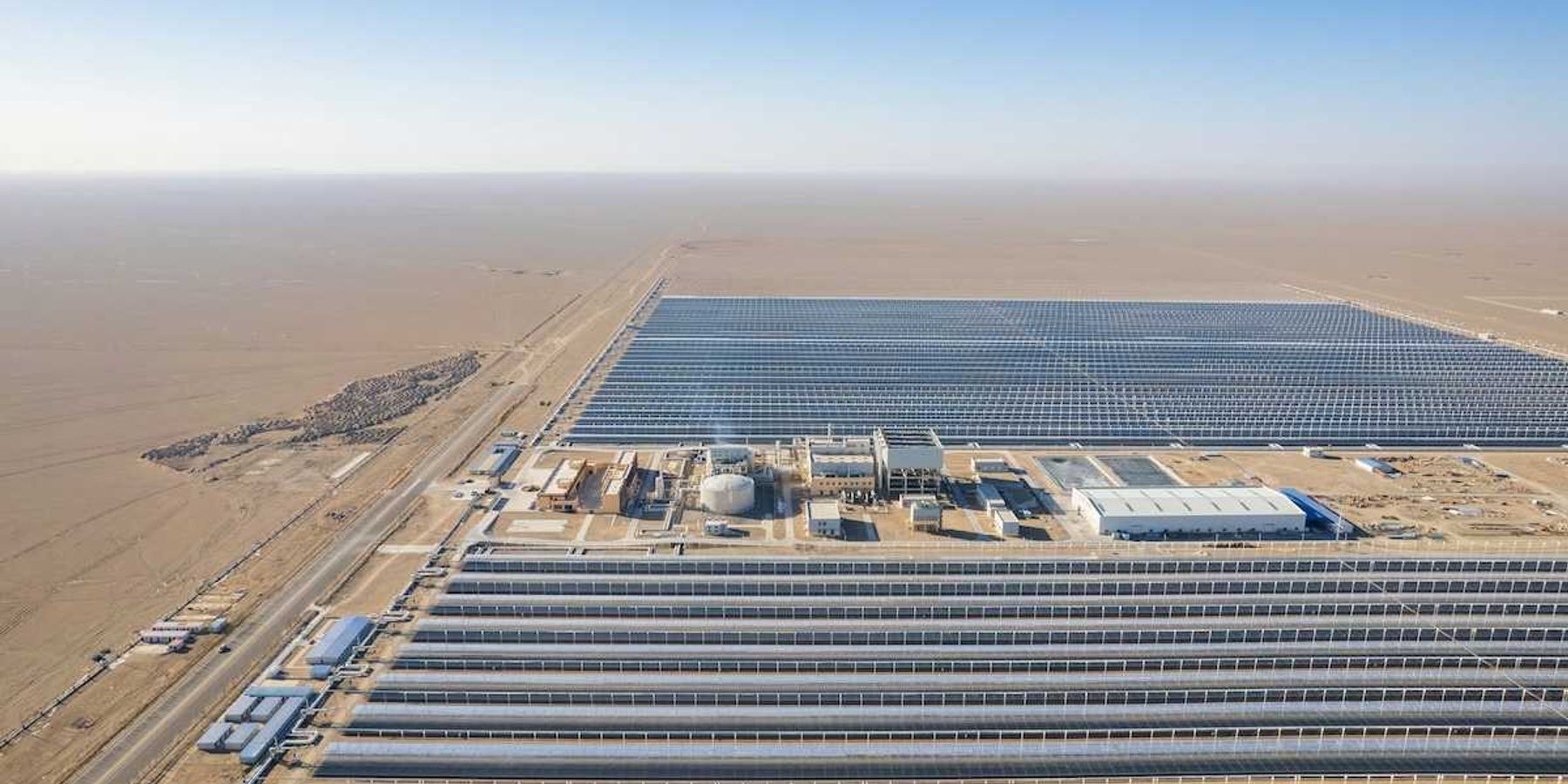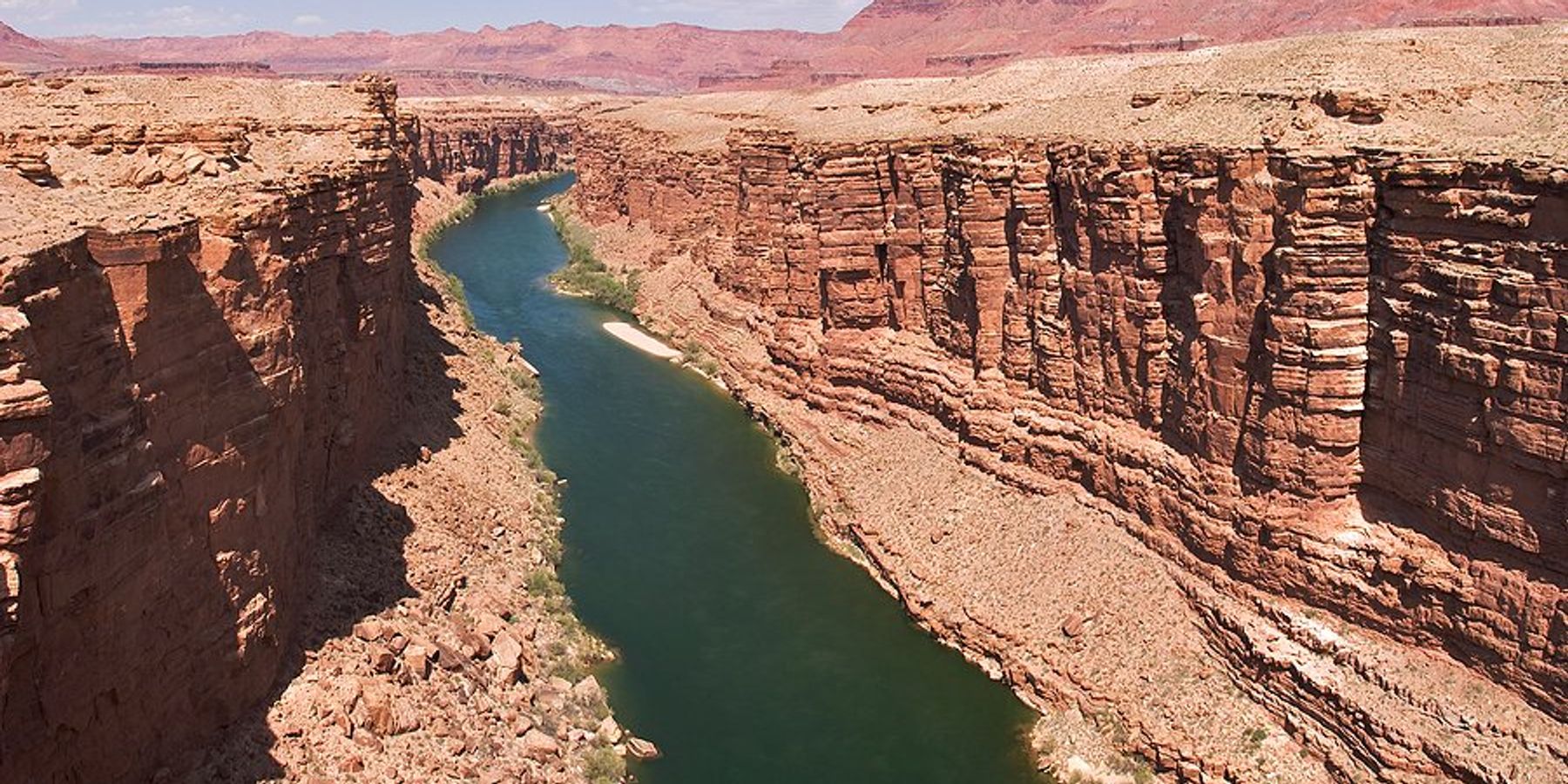Lahaina's wildfire aftermath reveals unexpected low toxicity levels
The fierce heat of the Lahaina wildfire may have played a pivotal role in diminishing the presence of toxic contaminants typically associated with such disasters.
Paula Dobbyn reports for Civil Beat.
In short:
- Renee Takesue's research shows early signs that the intense heat of Lahaina's wildfire may have neutralized many harmful chemicals.
- Investigations continue as Takesue samples soil and water across 38 sites to gauge environmental impacts and guide recovery.
- State officials have declared coastal waters safe for recreation, citing minimal contamination from the fire.
Key quote:
“What happens is that the chemicals either totally volatilize and get transported through the atmosphere or they get destroyed because the temperature is so high.”
— Renee Takesue, USGS scientist
Why this matters:
While these fires have left behind charred landscapes and displaced communities, they have also catalyzed the breakdown of certain pollutants present in the environment.
Related: As western wildfires become bigger and more intense, state and federal fire agencies are using more and more aerial fire retardant, prompting concerns over fish kills, aquatic life, and water quality.

